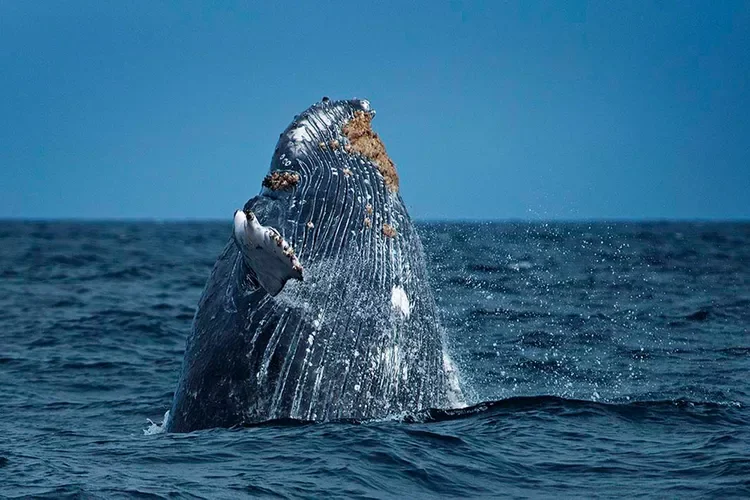
Peru's New National Reserve Is a Biodiverse Marine Paradise | Travel News
A new national reserve has been established, offering some of the most breathtaking ocean views on the planet.
In spring 2024, Peru announced the creation of its newest protected area: the Grau Tropical Sea National Reserve. This development follows over a decade of collaboration between the government and non-profit organizations. Situated in northern Peru, off the coasts of Piura and Tumbes, the reserve spans a vast 286,059 acres, ensuring the longevity of its aquatic life for future generations.
The International Climate Initiative reports that this area is home to 70% of Peru's marine species, including turtles, humpback whales (which come here specifically to give birth), hammerhead sharks, Humboldt penguins, and Pacific seahorses. The initiative also noted that the reserve will not only aid in wildlife preservation but will also enhance the region's tourism potential, mitigate the impacts of climate change and El Niño, and contribute to the 30x30 target of the Kunming-Montreal Global Biodiversity Framework. Additionally, the reserve will protect the area from overfishing and support the local artisanal fishing community. Mónica Alzamora from Nature and Culture International emphasized the importance of collaborating with the communities on Peru's northern coast to address marine conservation challenges.
Nature & Culture International played a key role in initiating the inventory of the artisanal fishing fleet and facilitating dialogue with fishermen. They also co-developed a training program to promote sustainable fishing practices. In 2020, they trained 45 fishermen from Foca Island within the reserve in administrative tasks and surveillance to ensure sustainable operations.
Travelers interested in visiting can head to Piura or Tumbes, both renowned for their excellent beaches and opportunities for surfing, whale watching, and local cuisine, with easy access to the new reserve. The prime time to visit is between July and October when whales come to breed, making whale-watching a must-do activity.
Check Our Suggested Tours:
- Honeymoon In Peru - Peru Honeymoon Packages
- Following the Path to the Sacred Sun Gate
- Family Adventure Tour
- From the Heart of the Jungle to the Sacred Mountain: A Luxury Expedition Through the Amazon & Ausangate 16d/15n
- Peru By Belmond Tour
- The Soul of Two Worlds: A Grand Amazon & Andes Expedition 14d/13n
 >
>